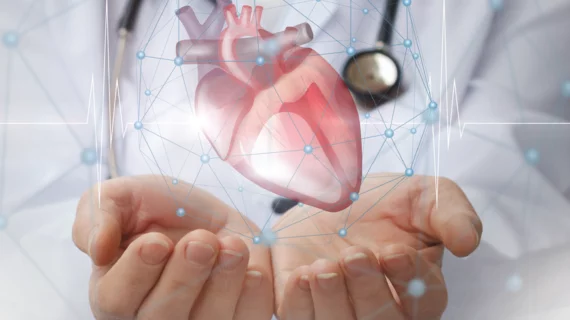Why all cardiologists should know AI’s strengths, weaknesses
When AI first started gaining popularity in healthcare, many providers were critical, skeptical or just avoided learning about the technology altogether. According to a new analysis published in Heart, however, the time has come for cardiologists to step up and pay close attention.
“We live in an era with unprecedented availability of clinical and biological data that include electronic health records, wearable sensors, biomedical imaging and multiomics,” wrote lead author Antonio de Marvao, Imperial College London, and colleagues. “The scale, complexity and rate at which such data are collected require innovative approaches to statistics and computer science that draw on the rapid advances in AI for efficiently identifying actionable insights into disease processes. A basic understanding of AI’s strengths, applications and limitations is now essential for researchers and clinical cardiologists.”
They went on to explore the basics of AI, including machine learning (ML) and deep learning (DL), and detail how cardiology has started truly embracing this growing field.
“The use of ML in cardiovascular research has expanded exponentially in recent years, and a few pioneering applications are already being used in mainstream clinical practice,” the authors wrote, adding that cardiovascular imaging is “perhaps the area in which ML methods have been most extensively tested and have demonstrated the greatest immediate potential.”
Commercially-available algorithms can already analyze images in a way that helps cardiologists, and researchers have also explored the ability of ML and DL to help with “image acquisition and reconstruction, automated quality control, image segmentation, myocardial motion and blood flow analysis, and computer-assisted diagnosis.” Interventional cardiology is also experiencing significant change thanks to this evolving technology. A neural network can perform automated pressure waveform analysis, for instance, leading to potential improvements in safer, more accurate patient care. With that much progress really made, can cardiologists really afford to miss the boat on AI?
There are, of course, certain challenges that must also be understood. Algorithms must be “thoroughly validated,” for instance, a step not always taken in the earlier days of AI.
“Biases in the training data, model overfitting, inadequate statistical correction for multiple testing and limited transparency around the processes by which DL algorithms reach their output (‘black box’ systems) are only some of the pitfalls of AI that can have significant implications for patients and require careful evaluation by researchers, clinicians and regulatory entities,” the authors wrote.

